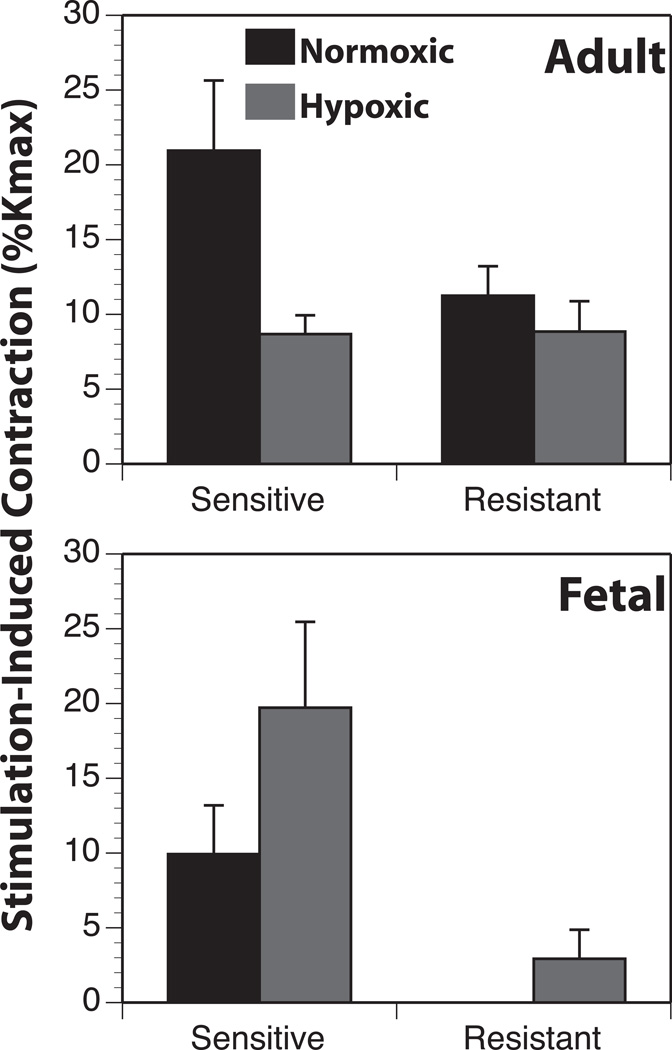Figure 4. Chronic hypoxia enhances guanethidine-resistant contractions in fetal arteries.
To test the possible involvement of non-adrenergic factors in modulation of arterial reactivity during hypoxic acclimatization, electrical nerve stimulation was applied before and after catecholamine depletion with guanethidine. The guanethidine-sensitive (GS) component was an index of the adrenergic contribution to arterial reactivity whereas the guanethidine resistant (GR) component was an index of the sympathetic release of a contractile and potentially trophic molecule other than NE. In adult arteries, hypoxia decreased only the GS component. Conversely, in fetal arteries hypoxia increased both the GR and GS components, suggesting that hypoxia preferentially enhanced release of a non-adrenergic transmitter from sympathetic perivascular nerves in fetal arteries. Results are presented as mean ± SEM.

